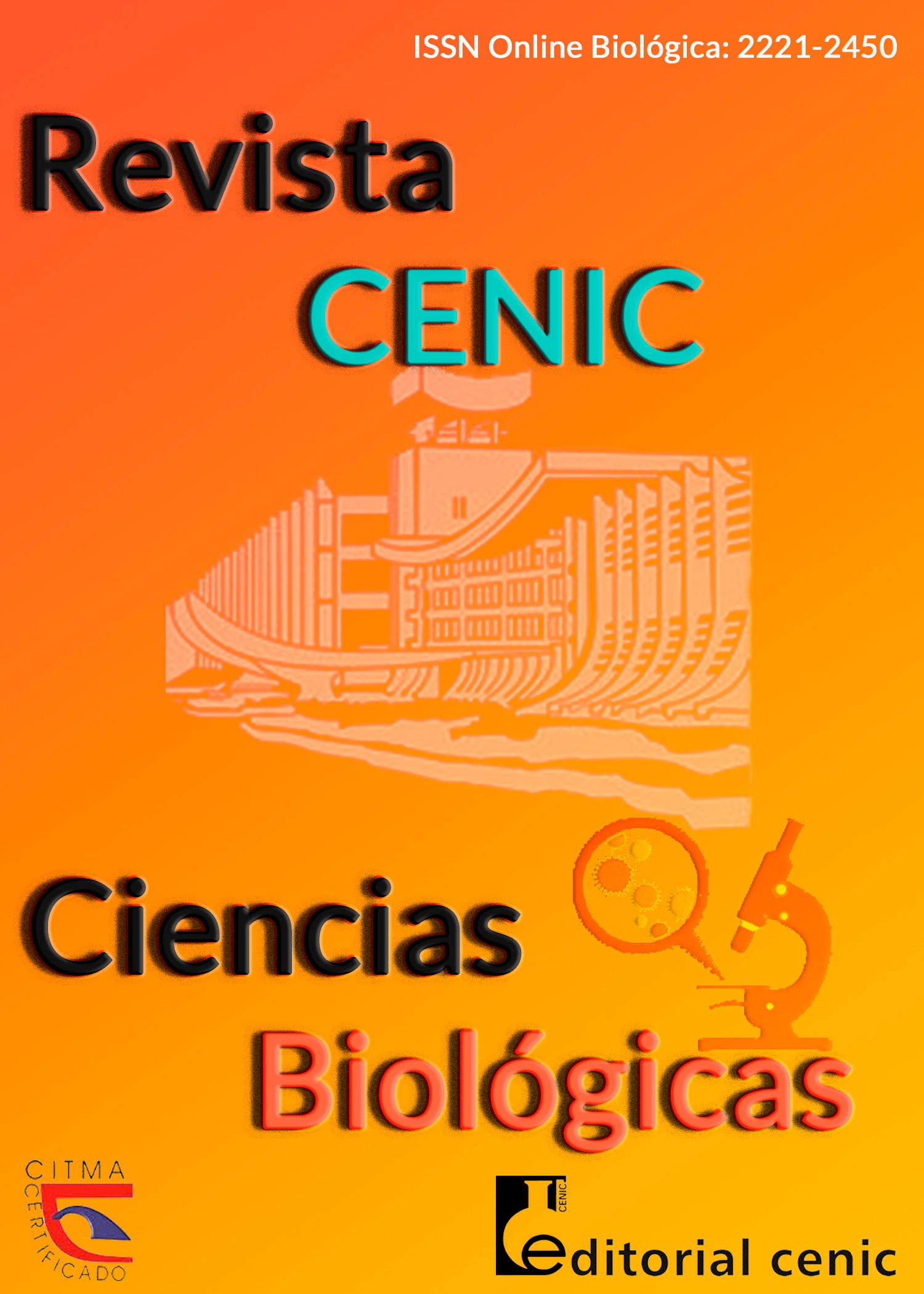Solubilization of nickel and cobalt in lateritic overburden by Acidithiobacillus thiooxidans
Abstract
The treatment of low-grade minerals and solid mining waste constitutes a challenge for the scientific community, because of the negative impact that their accumulation has on ecosystems. The use of microorganisms for the extraction of metals from oxidized minerals has gained great attention in recent years as it constitutes a more efficient, economical and environmentally friendly strategy. The aim of this research was to evaluate the solubilization of nickel and cobalt contained in lateritic overburden using Acidithiobacillus thiooxidans. The strain A. thiooxidans DSM 14887 and the lateritic overburden from the lateritic deposit of Moa (overbourden of Camarioca north Zone 12) were used. The solubilization of Ni (II) and Co (II) was evaluated in systems with different concentrations of the mineral (5%, 10% and 20% w/v). In addition, was evaluated the bioacid produced by the bacteria as a leaching agent in the recovery of nickel and cobalt. The highest solubilization percentages were achieved (71.4% Co and 48.5% Ni) by using 5% (w/v) of mineral pulp density. An increase in Fe (II) concentration was detected in the cultures, it indicative of the reductive solubilization of Fe (III) contained in the mineral. The extraction percentages of cobalt and nickel decreased when using the bacterial bioacid. The use of the A. thiooxidans strain in the recovery of metals constitutes a promising alternative for the treatment of low-grade oxidized minerals
Downloads

Downloads
Published
How to Cite
Issue
Section
License
Copyright (c) 2022 Copyright (c) 2022 Revista CENIC Ciencias Biológicas.

This work is licensed under a Creative Commons Attribution-NonCommercial-ShareAlike 4.0 International License.
Los autores que publican en esta revista están de acuerdo con los siguientes términos:
Los autores conservan los derechos de autor y garantizan a la revista el derecho de ser la primera publicación del trabajo al igual que licenciado bajo una Creative Commons Atribución-NoComercial-CompartirIgual 4.0 Internacional que permite a otros compartir el trabajo con un reconocimiento de la autoría del trabajo y la publicación inicial en esta revista.
Los autores pueden establecer por separado acuerdos adicionales para la distribución no exclusiva de la versión de la obra publicada en la revista (por ejemplo, situarlo en un repositorio institucional o publicarlo en un libro), con un reconocimiento de su publicación inicial en esta revista.
Se permite y se anima a los autores a difundir sus trabajos electrónicamente (por ejemplo, en repositorios institucionales o en su propio sitio web) antes y durante el proceso de envío, ya que puede dar lugar a intercambios productivos, así como a una citación más temprana y mayor de los trabajos publicados (Véase The Effect of Open Access) (en inglés).














